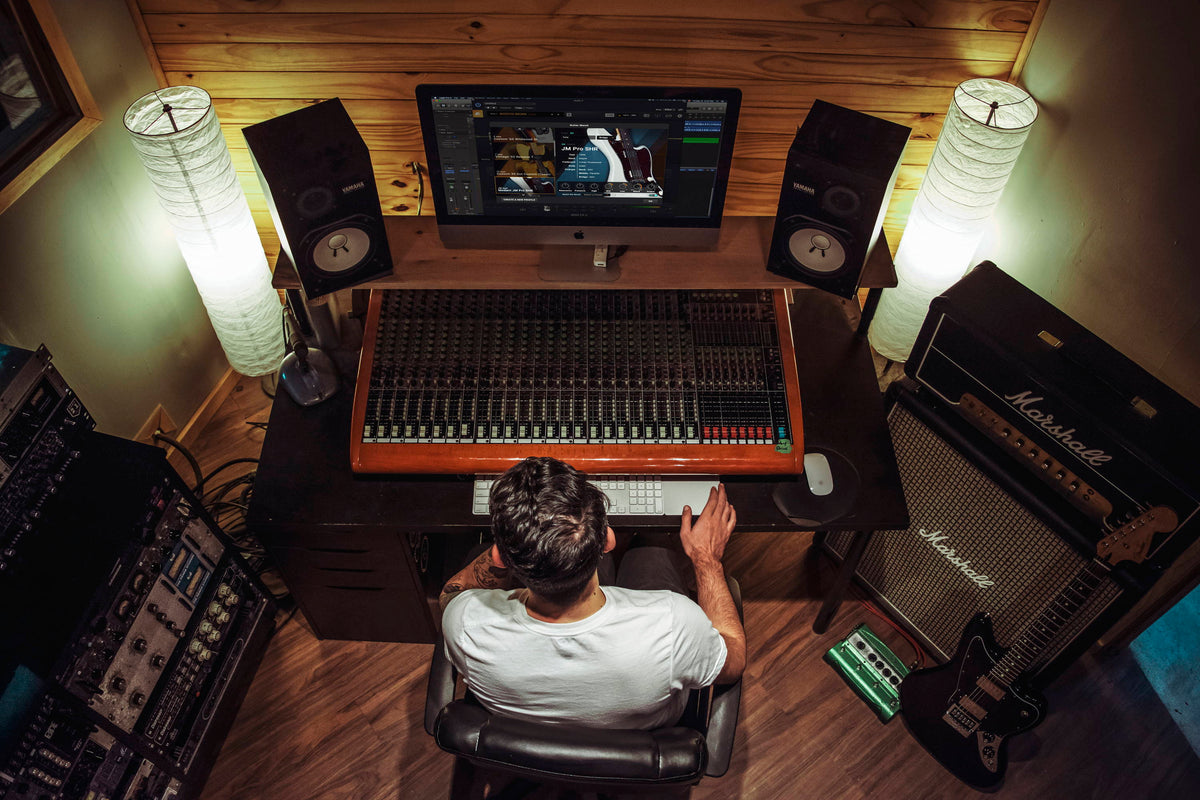So, we can take the IR from a speaker, and model that, and then add it to a signal to simulate a particular speaker or cab.
So why not a pickup? If I can get an "IR" from a given pickup/magnert, and compare it to a different one...why can't I model pickups?
1. Create a "Generic" base pickup
2. Install it in a guitar
3. Generate all the dynamic data
4. Put say, a JB in the same guitar
5. Generate all the data again...
6. Create algorithm to modify the "Generic" pickup to the JB characteristics
Then lather/rinse/repeat with as many pickups as you want.
When you are done, you put the Generic pickup in the guitar, along with a little PC board and chip, or whatever in the control cavity, and select whatever pickup you are feeling like using, that was modeled.
So why not a pickup? If I can get an "IR" from a given pickup/magnert, and compare it to a different one...why can't I model pickups?
1. Create a "Generic" base pickup
2. Install it in a guitar
3. Generate all the dynamic data
4. Put say, a JB in the same guitar
5. Generate all the data again...
6. Create algorithm to modify the "Generic" pickup to the JB characteristics
Then lather/rinse/repeat with as many pickups as you want.
When you are done, you put the Generic pickup in the guitar, along with a little PC board and chip, or whatever in the control cavity, and select whatever pickup you are feeling like using, that was modeled.












Comment